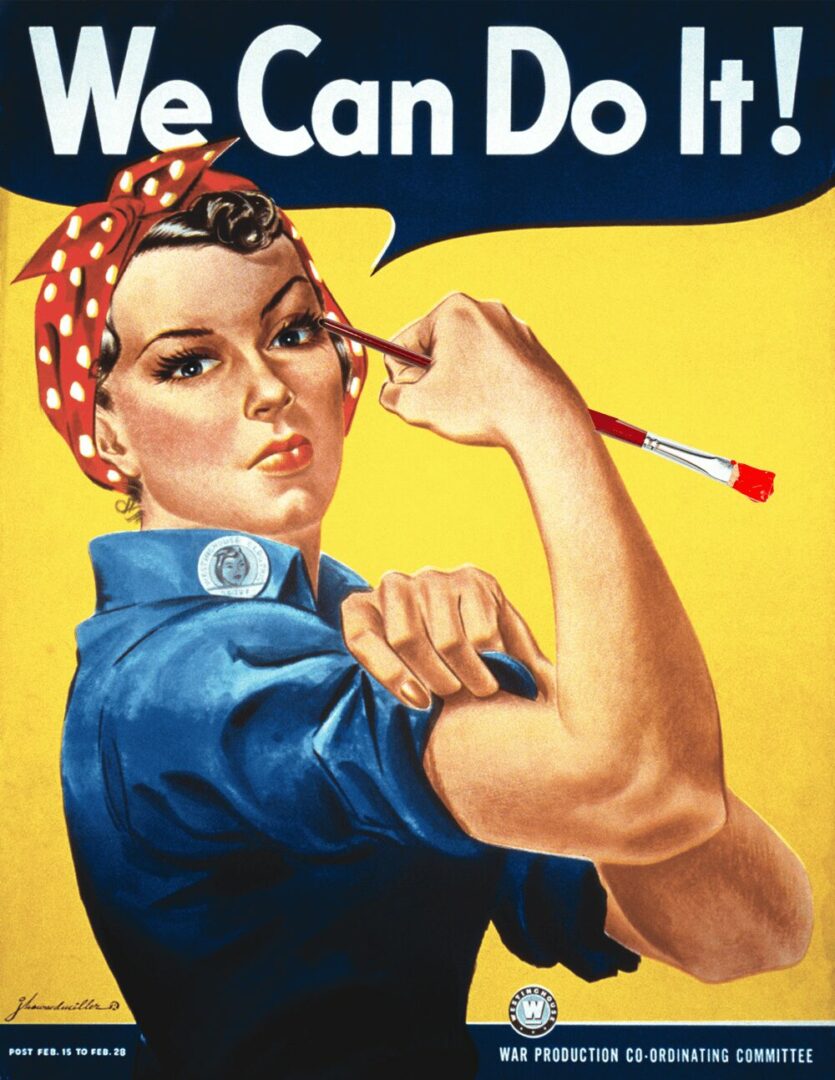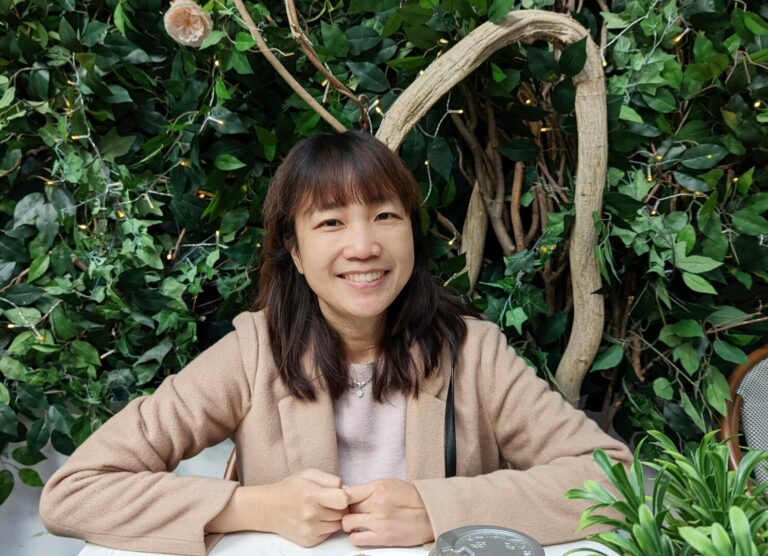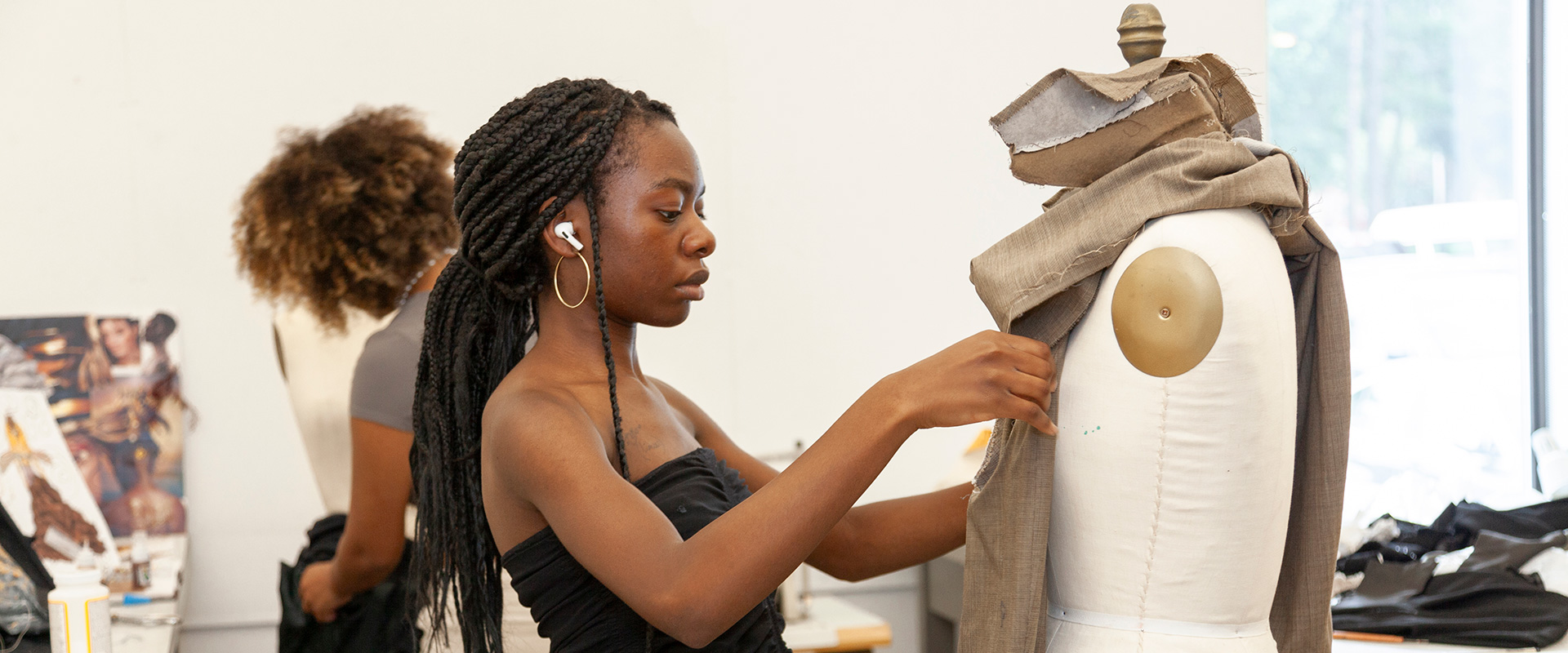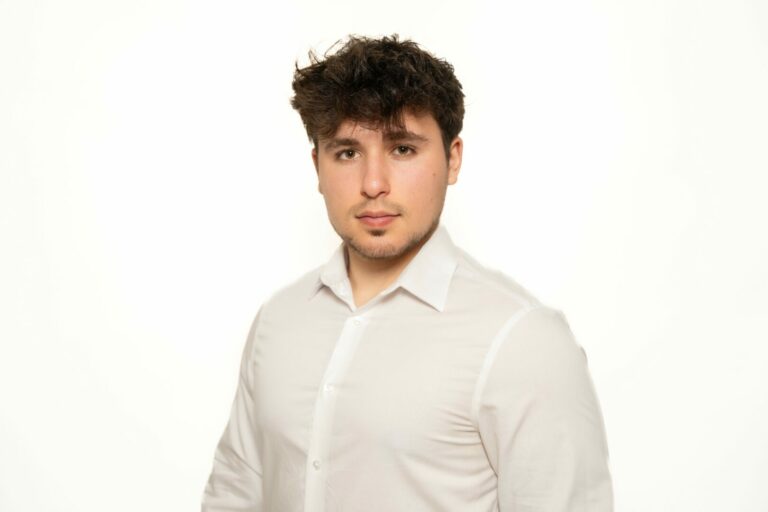We recently connected with Elizabeth Heichelbech and have shared our conversation below.
Hi Elizabeth, appreciate you sitting with us today to share your wisdom with our readers. So, let’s start with resilience – where do you get your resilience from?
Everything I know about healing comes from the process of intuitive art-making. Music, dancing, painting, drawing, acting, sewing, crocheting, writing — as a creatrix, I have found such joy and solace in the arts, specifically in the ego-surrender of improvisation. I’m less concerned with the product or the domain, and more intrigued by the facets of the creative process that remain constant across disciplines. Sometimes people comment on how I am “multi-talented,” but the way I see it, I just ain’t afraid to play. When it comes to creativity, the lines between “play” and “pray” are very thin for me; I’m not religious, but I do feel a sense of the spiritual in my art-making, and that is an infinite source of resilience for me.
I’ve also been a teacher all my life, and watching the lights go on in students’ eyes when they experience the freedom, agency, and delight that expressive work brings has been the greatest and most delicious privilege I can imagine. For two years, I was the instigator and director of Women’s Improv Group Boston, where a bunch of us got together and played comedy improv games. We cracked ourselves open while cracking ourselves up. One of my students found new meaning in her life through our experiments in improv, and went on to start her own women’s improv group in her town. This ripple effect of joy makes me transcendently happy. And of course, being a middle school teacher for over twenty years was its own lesson in resilience.
As a child growing up in difficult circumstances, I cleaned a local dance studio in exchange for dance classes, and this working scholarship was an act of generosity that set my life on a totally different trajectory. I’ve been striving to pay it forward ever since, and that desire to be of service has been a life line for me; all the happiest people I know love to help others. My resilience derives from this driving passion to transmute suffering into art, and to help others do the same. Despite a bothersome lack of talent, I danced professionally for a few years, after a college dance professor told me I would never be good enough to do so. I guess you could say I became a professional dancer out of spite. Or maybe, she just knew the exact right thing to say to me. It was a hard career choice, at times magical, and at others punishing. It taught me much about stamina and perseverance.
My first novel, Chopin in Kentucky, was published by Bluemoose Books in 2023. It’s a semi-autobiographical, come-of-age exploration of what it means to live a creative life in unlikely circumstances. The writing of it was a long, arduous, and ultimately healing process, and my hope is that readers find in its pages inspiration to dream big and to persevere. It’s the inspiration that’s the thing – I strive to be professional inspirer in all my endeavors, whether in my creative coaching practice, my books, my artwork, or my classes. I’m putting the finishing touches on Start Where You Art, a hand-drawn mandala coloring book with accompanying stories and creative coloring prompts, coming out this fall. And I’m hard at work on my next novel, Lost and Found at the Canary Cafe, in which four characters interact with art and find creative ways to transcend their limitations.
The emerging field of neuroaesthetics is rich with stories and statistics on how engaging with the arts enhances our resilience on every level. This certainly confirms my lived experience, and the experience of many throughout the ages — one of our earliest forms of medicine.


Great, so let’s take a few minutes and cover your story. What should folks know about you and what you do?
My creative coaching practice, Creative Incites, is a gratifying on a soul-level. I get to live my mission of helping others find healing and joy through creativity and play, the realization of both a calling and a life-long dream. I help the creatively curious, and the curious creative, to better align with their integrity, mission, and goals. My gratitude for this path of service, and all that led me here, is immense.
I have worked with clients who declare they can’t draw a straight line, to which I say, “Oh, good. Crooked lines are so much more interesting, don’t you think?” I have helped people write books, and I have helped people draw their way to forgotten dreams. I have helped “stuck” artists find new ways to make art, and I have helped people who claim not to be creative pick up a paint brush for the first time since a grade school teacher suggested they stick to math. I have helped people use re-scripting and acting techniques to change how they embody relationships, and I have helped elderly people to dance. I have helped professional teams to develop greater trust through comedy improv games, and I have helped people find their voices in speeches and essay writing. I have helped teachers revamp curricula to more be inclusive through offering creative and expressive opportunities, and I have helped those in recovery use art instead. I strive to meet each client where they are and design personalized activities to help them move closer to where they want to be. I am a safe place, a container, and a guide, but the art does all the heavy lifting.
My current career trajectory includes selling my paintings, publishing my books, teaching creativity courses and art as a wellness practice, inspirational speaking, and individual and group coaching. I am still discovering ways to be a champion for creativity, both my own and that of others.


If you had to pick three qualities that are most important to develop, which three would you say matter most?
Basically, I have been gifted with the same factors that are often used to describe why someone might be guilty of a crime: opportunity, means, and motive.
Opportunity: I grew up in a wildly creative family where it was completely normal to paint, write, dance, play music, read poetry, sew your own clothes, put on puppet shows, etc. I also grew up mostly unsupervised, as many generation X’ers did, and so I had a lot of freedom to experiment.
Means: My family was poor, but my mother was a whiz at budgeting and saw to it that there were always art and sewing supplies readily available. The house was full of second hand books on art and poetry, as well as classical music records. Also, I was given a working scholarship to study ballet at a local dance studio. Many people in my life helped out where my family couldn’t, buying dance clothes and shoes and sponsoring trips to dance conferences. I was extremely fortunate.
Motive: I was a bookworm, an introvert, and a wild child growing up. With a head full of dreams and a body that needed to move to think, I was never unmotivated when it came to creative play and imaginative pastimes.
I like the “opportunity, means and motive” analogy, because anybody can cultivate these in their own lives – hopefully for more positive pursuits than crime! Opportunities are everywhere, means can be second hand-materials or crowd-sourced, and motivation can be summoned and cultivated – particularly when reaching for goals or to solve problems. Or you can work with me – I help you do all three!


What do you do when you feel overwhelmed? Any advice or strategies?
I journal every day — not because I suffer from an attack of virtue, but because I enjoy it. I view it as dancing on paper with ink, and it’s where I brainstorm impossible things, explore ridiculous ideas, draw things out, whine, and get inspired. That helps me a lot with overwhelm.
I find that when I feel overburdened or stressed, I turn to paint. I practice an intuitive painting method that allows for wild mark making without a clue as to what the final painting might be, and this ego surrender is very freeing and relaxing.
When I feel scattered or disorganized, I draw mandalas. With just a ruler, a compass, and some curiosity, anyone can avail themselves of this ancient, centering practice. Studies prove that this activity lowers cortisol and blood pressure, improves focus, and increases cognitive flexibility and affective agility! Other studies show that coloring existing mandalas can have measurable benefits as well.
Contact Info:
- Website: https://www.creativeincites.com
- Instagram: lizheichelbech
- Facebook: https://www.facebook.com/lheichelbech/
- Linkedin: https://www.linkedin.com/in/liz-heichelbech-45046517/
- Youtube: https://www.youtube.com/@creativeincites7945
- Other: author website: www.elizabethheichelbech.com
recent guest on Solving For Joy podcast, speaking on creativity and joy: https://podcasts.apple.com/us/podcast/chance-methods-creativity-and-joy-with/id1762515642?i=1000669820568
coaching with Joy Point Solutions: https://www.joypointsolutions.com/


so if you or someone you know deserves recognition please let us know here.




